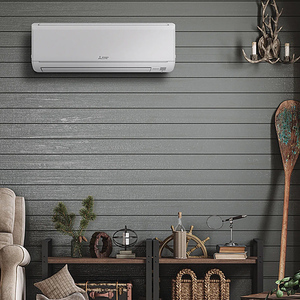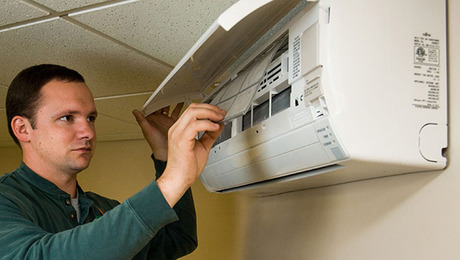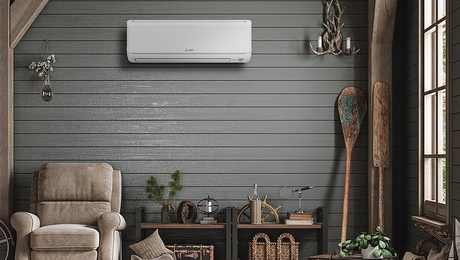Q:
We want to buy a 100-year-old home. The house’s steam-heating system, which is powered by a huge 60-year-old boiler, seems to work fine, but we’re worried should the boiler fail. Should we stick to steam or convert to hydronic heat? Can the existing steam lines and antique radiators be reused?
M. J. Flaherty, Glendo, WY
A:
Frank Wilsey, a steam and hydronic heating specialist in Baltimore, Maryland, replies: In my opinion, the house you’re looking at has one of the best heating systems ever invented.
First, a short primer on steam heat. There are two types of steam heating commonly found in houses, the one-pipe system or the vapor system. As its name implies, the one-pipe system uses a single pipe to connect each radiator to the main steam pipe coming from the boiler. This single pipe carries steam to the radiator, and it also drains the condensate (water) to return it to the boiler.
In a vapor system, steam comes into each radiator through a valve at the top. Air and water leave through a connection at the bottom that usually includes a trap or some other device that prevents steam from getting into the return lines.
One of the greatest things about steam systems is that the radiators and most of the pipes drain completely dry when the system shuts off. If the power goes out or if the burner quits, the radiators and most of the pipes won’t freeze and burst. This consideration is important in remote areas where power failures can last a while.
When a steam system is installed and maintained properly, it equals the comfort and approaches the efficiency of hot water. Modern steam boilers are readily available, and most boiler companies make several different models. All have an annual efficiency (AFUE) of at least 80%, and they can be easily connected to your system should your boiler need replacing.
Although it is possible to convert some types of steam heat to straight hydronic systems, there are several pitfalls to consider. First, a hot-water system runs at least 10 times the pressure of a steam system, which can result in leaks. Second, some steam radiators aren’t designed to work with hot water. Third, if you have a one-pipe system, you need to install additional return lines. Fourth, a hot-water conversion may not supply enough heat in really cold weather. And finally, a hydronic system can freeze. These points are all pretty strong arguments for not converting the system.
To familiarize yourself with the intricacies of steam-heating systems, I recommend a book written by Dan Holohan, The Lost Art of Steam Heating, which is written for homeowners as well as contractors. The book can be ordered online at www.heatinghelp.com.
























